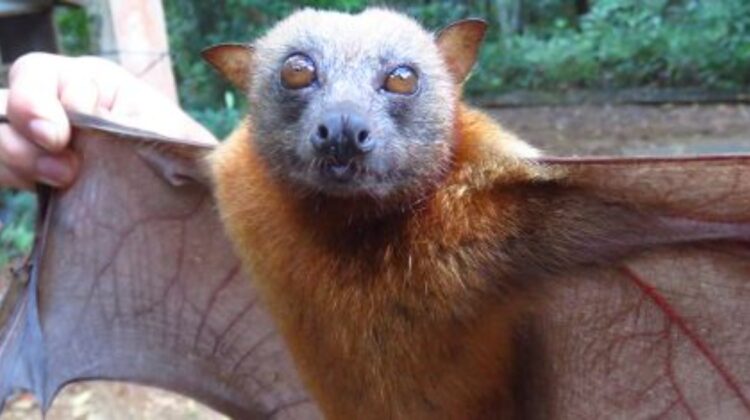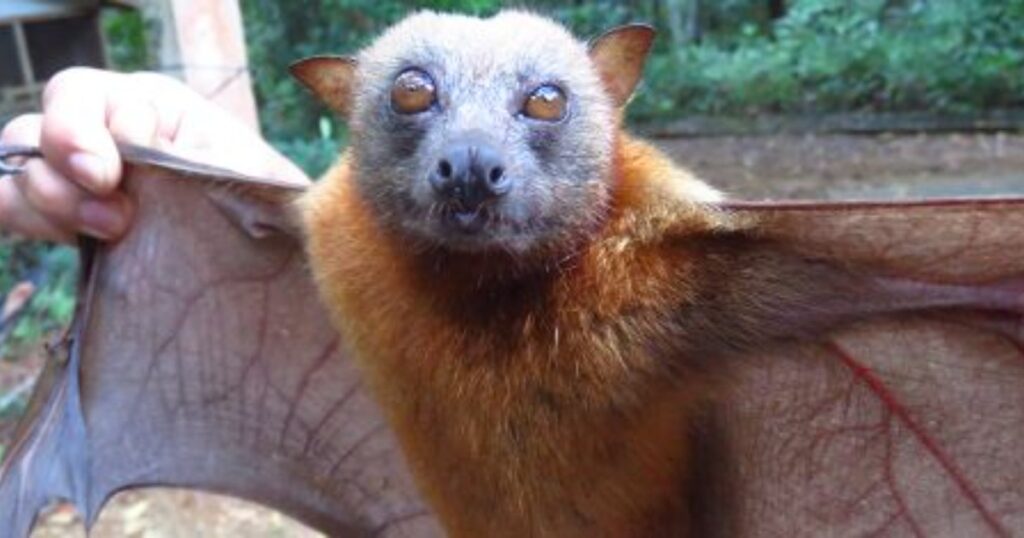
Deep within the lush, tropical forests of Papua New Guinea and the Solomon Islands, a hidden gem of the animal kingdom resides: the enigmatic Island tube-nosed fruit bat (Nyctimene major). This extraordinary creature, with its distinctive tube-shaped nostrils and reddish-brown fur, plays a vital role in maintaining the delicate balance of its ecosystem.
A Closer Look at the Island Tube-nosed Fruit Bat
The Island tube-nosed fruit bat, a member of the flying fox family, is a fascinating species with unique adaptations. Its tube-like nostrils are believed to enhance its sense of smell, aiding in the detection of ripe fruits. These bats are primarily frugivores, consuming a variety of fruits and seeds. Their dietary habits contribute significantly to seed dispersal, ensuring the regeneration of forest vegetation.

Threats to Survival
Despite its ecological importance, the Island tube-nosed fruit bat faces numerous threats to its survival. Habitat loss, deforestation, and hunting are among the primary challenges it encounters. Climate change also poses a significant risk to its populations, altering its habitat and affecting food availability.
Conservation Efforts
To safeguard the future of this remarkable species, various conservation initiatives have been launched. Researchers are studying the ecology and behavior of the Island tube-nosed fruit bat to better understand its needs and develop effective conservation strategies. Additionally, efforts are underway to protect and restore its habitat, create awareness about its plight, and promote sustainable practices.

A Global Movement
In recognition of the importance of bat conservation, a global movement has emerged. Initiatives like the “In Search of Batman: Amazing Bats of Sibuyan” project in the Philippines aim to raise awareness about bats and their ecological roles. By highlighting the beauty and significance of these often misunderstood creatures, these efforts inspire individuals and communities to take action to protect them.
The Island tube-nosed fruit bat is a captivating species that deserves our attention and protection. Its unique features, ecological role, and the threats it faces underscore the urgent need for conservation efforts. By working together to preserve its habitat, promote sustainable practices, and raise awareness about its importance, we can ensure the survival of this extraordinary creature for generations to come.

Leave a Reply